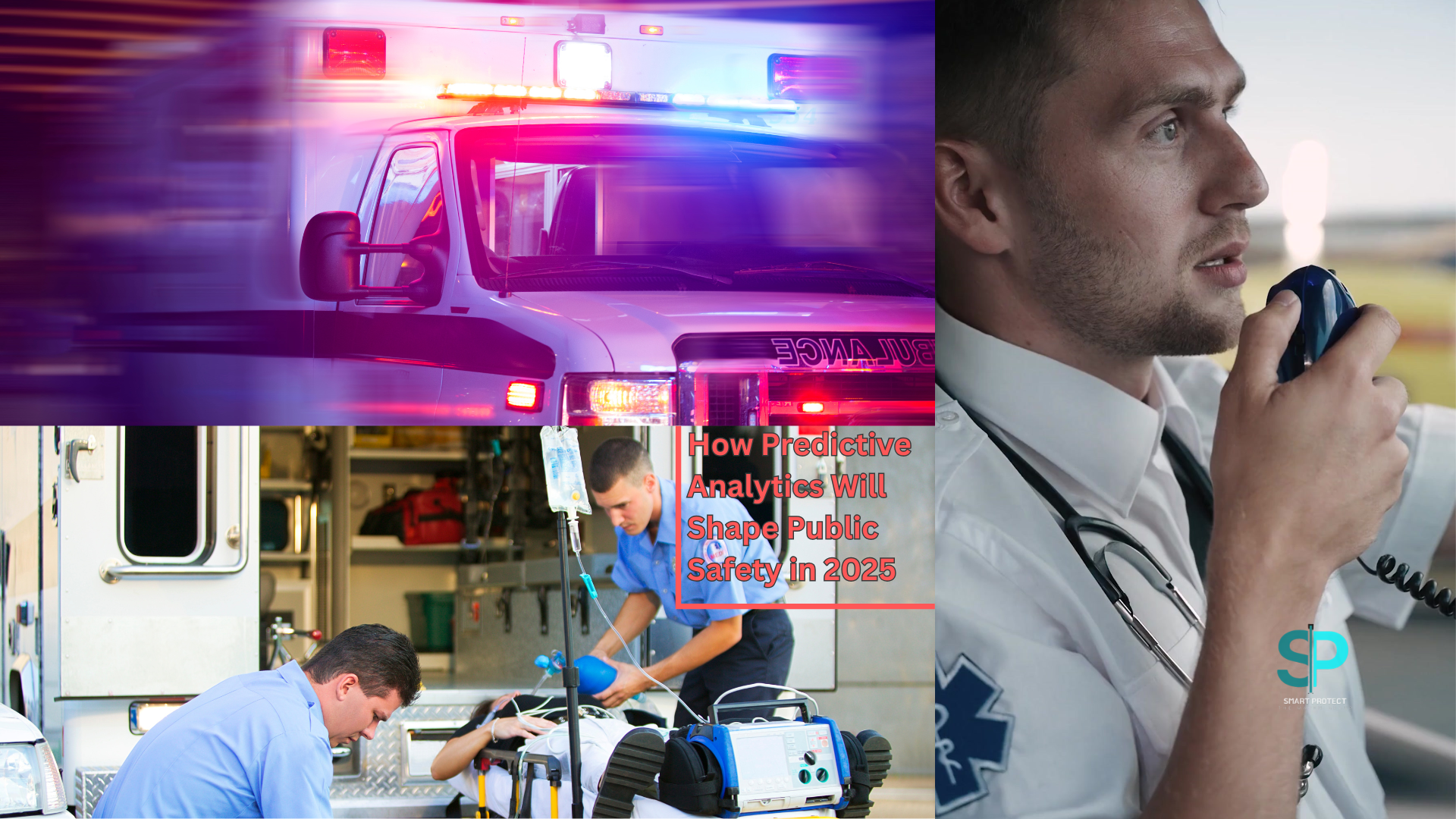How Predictive Analytics Will Shape Public Safety in 2025
How Predictive Analytics Will Shape Public Safety in 2025
In an ever-evolving world, public safety agencies face mounting challenges. From managing workforce shortages to preventing burnout and responding to emergencies effectively, the stakes have never been higher. In 2025, predictive analytics is poised to revolutionize how public safety agencies operate—transforming data into actionable insights that save time, resources, and even lives. Here’s how this game-changing technology will shape the future of public safety.
1. Smarter Workforce Management
Predictive analytics takes the guesswork out of staff scheduling. By analyzing historical data and trends, agencies can forecast staffing needs with pinpoint accuracy. This ensures optimal coverage during peak times while avoiding overstaffing during quieter periods. For public safety leaders, this means fewer scheduling conflicts, reduced overtime expenses, and happier, more balanced teams.
Example:
A police department using predictive analytics may identify that call volumes increase by 20% on holiday weekends. With this foresight, they can proactively adjust schedules to meet demand, ensuring the community stays protected.
2. Proactively Preventing Burnout
Burnout among public safety professionals is a growing concern. Predictive analytics allows agencies to monitor workload patterns and identify individuals or teams at risk of fatigue. By leveraging this data, leaders can redistribute tasks, adjust shift rotations, and implement wellness initiatives before burnout becomes a crisis.
Key Insight:
In 2025, the integration of real-time monitoring tools with predictive analytics will provide a holistic view of employee well-being, enabling leaders to create healthier, more supportive work environments.
3. Enhancing Emergency Preparedness
Predictive analytics doesn't just streamline daily operations—it also prepares agencies for the unexpected. By analyzing data from past incidents, weather patterns, and even social media, public safety organizations can anticipate emergencies and allocate resources accordingly.
Impact:
Fire departments, for instance, could predict regions at higher risk of wildfires based on temperature trends, wind speeds, and vegetation conditions, allowing them to pre-position resources and reduce response times.
4. Improving Community Relations
Transparency and trust are crucial in public safety. Predictive analytics can play a pivotal role in improving community relations by enabling data-driven decision-making. When agencies can explain why resources are allocated in certain ways or how patterns influence policies, it builds trust and fosters collaboration with the public.
Example:
Community policing strategies can be enhanced by identifying neighborhoods with rising crime trends and implementing preventative measures, such as increased patrols or community outreach programs.
5. Enabling Real-Time Decision-Making
The speed of emergencies leaves little room for hesitation. In 2025, predictive analytics will integrate seamlessly with real-time data sources, such as IoT devices and geospatial technology, providing leaders with actionable insights on the fly.
Scenario:
During a natural disaster, predictive models can help prioritize rescue efforts by analyzing population density, infrastructure vulnerabilities, and weather conditions, ensuring resources are deployed where they’re needed most.
6. Future Innovations on the Horizon
As AI-powered predictive analytics continue to evolve, the possibilities for public safety are endless. By 2025, we could see advancements such as:
Predictive Crime Mapping: Using AI to identify potential crime hotspots before incidents occur.
AI-Assisted Dispatching: Automatically assigning the closest and best-equipped teams to emergencies.
Integrated Health Monitoring: Real-time biometric tracking of public safety professionals to prevent on-the-job health crises.
Preparing for the Predictive Future
The adoption of predictive analytics in public safety is not just a technological upgrade—it’s a cultural shift. Agencies will need to invest in training, infrastructure, and a mindset that embraces data as a vital decision-making tool.
Key Takeaway:
Public safety leaders who adopt predictive analytics now will not only stay ahead of challenges but also set a new standard for operational excellence in their communities.
Final Thoughts
2025 is shaping up to be a pivotal year for public safety. Predictive analytics offers a pathway to smarter, more efficient, and more compassionate operations. By leveraging data to anticipate challenges, prevent burnout, and optimize resources, agencies can focus on what matters most: keeping communities safe.
Are you ready to lead the future of public safety? Explore how solutions like SmartProtect can help your agency harness the power of predictive analytics today.


